Talking Shop
We ventured into the realms of Academia once more to bring you two new and interesting resources about writing. Sarah explored ideation, and the processes of the brain when an idea is sparked, in the article “You’re Gonna Need a Bigger Boat” by Arne Dietrich. Ashley reviewed “Malcolm Cowley on the Four Stages of Writing: Lessons from the First Five Years of The Paris Review” by Maria Papova.
You can find both articles here:
http://www.textjournal.com.au/speciss/issue13/Dietrich.pdf
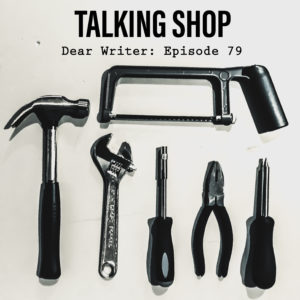
Episode Summary:
Sarah’s Tool of the Month:
You’re Gonna Need a Bigger Boat by Arne Dietrich in the TEXT Journal of Writing and Writing Courses, Volume 16 Issue 1, 2012.
Similar to Ashley in the last talking shop episode, I found myself this time roving into the strange and mysterious subject of how creative ideas are developed. And, even though I was looking specifically in writing journals, somehow I still chanced on a neuroscience-based perspective of the matter. The author started the article by laying out the task ahead, which is far from a simple one—understanding the brains connections when a new idea is created is much like ‘sailing the seven seas in a rowboat.’ Many have attempted to form theories on how this happens, but we are still a way away from understanding exactly how the puzzle all fits together. A lot of different theories have been proposed, but they have remained simplistic in nature, trying to diminish creative thought into one category. But the author concluded in the introduction to the topic that “What has become apparent in recent years is creativity is too complex, and too distributed in the brain, to be captured in a net held together by such premature category formations and ontological danglers. How else then, do you tackle a problem that size? We could start by taking the famous advice Brody gave Quint in the movie Jaws after getting a first glimpse of the size of the great white: “You’re gonna need a bigger boat.”
The author started by explaining the common thoughts around our sense of self and creativity, and how we run ourselves into a trap which leads us to believe there is a ‘muse’ working away in the background, or some higher sense of self. This is because we think of ourselves as ‘I’ and think that ‘I’ has some form of central location, where we look out of our eyes and view and deduce things from some inner location. When in fact, our entire system runs on millions of neurons and pathways that all connect in different ways to create this illusion. The way that thoughts come to consciousness is of prime importance here and the author used a political system to explain how it all works together. Although the neurons are all independent from one another, they form ‘coalitions’ with the goal of getting into power—that is, entering the realm of consciousness so a task can be completed. And they are competitive in this: there are always other neurons in the wings trying to dislodge the current reigning neurons from the seat of their power. The author said, “It’s essentially a single output decision from a society of millions of individual units, each with its own mind and own idea of what to do. In principle, the case is the same for neurons, except the brain isn’t so much of a democracy with orderly elections as it is a sort of gang war ruled by the law of the street.”
So, you have these neurons all competing against each other to make it into consciousness. How this relates to creativity is to do with your working memory (current, recent and relevant information to the task at hand) and your long term memory (stored away in the recesses of your mind like a vault). The working memory is conscious memory, and so for an insight to be created, it has to make its way from long term memory into your working memory.
There’s usually a task set (the current issue at hand) which the reigning coalition of neurons are performing, and the degree or strength in which this ‘task set’ is maintained alters. So, when this task set is destabilized, either a new task set takes over, you stay on task by sheer force of concentration, or there is no task to take over and you begin the process of daydreaming, and something called ‘task set inertia’ happens, where the current task is basically put on hold. The author then went on to describe a second theory called ‘fringe working memory’, which teeters on the edge of consciousness. Your mind is still working on the task, but it is now in a state of lower priority, in the background. The author likened this to having something ‘on the tip of your tongue’. You know it’s there, but aren’t able to ignite the associated knowledge network to bring it to focus.
The author identified two basic ways ideas come into creation in light of this: 1) Top-down processes in the conscious working memory, where related neural networks are activated and each idea is sifted through one by one until the correct solution is found, or 2) when this top-down process in the working memory fails, the idea is set aside to ‘incubate’. Though it is out of sight of the conscious working memory, it is still being worked upon in the fringe memory, but at a slower rate and with more creative licence than your logical top-down processes might allow for. So not only does your mind dig into the forgotten dusty long-term storage for solutions, it also clashes with new information that is coming in. Though it may not make logical sense to put two things together, in your fringe memory and with task set inertia altering the strength of the task and allowing competing neurons some air time, these things can all clash and the insight appears in your current working memory—the aha! moment.
This was the general gist of the article, and I must say that although it claimed in the introduction to simplify the process, it is actually quite detailed (at least from my perspective) and it was challenging at times to wrap my head around this, so I hope I’ve done it some justice and that you’ve all learnt a little more about how your brain works to come up with an idea. It gave me an idea, as I was reading through it. Though the article didn’t suggest any purposeful way to make use of this information, it did get me wondering: Can I practice daydreaming in order to cultivate newer and more original thoughts? Just food for thought. Literally!
Ashley’s Tool of the Month:
Malcolm Cowley on the Four Stages of Writing: Lessons from the first five years of the Paris Reviews. Online magazine The Marginalian, 2013, by Maria Popova
In 1953, three literary enthusiasts founded The Paris Review which changed the face of literary journalism. It provided in depth conversations with famous authors all about the craft of writing. In 1958, the first collection of the best of those interviews were complied into a book called Writers at Work, which featured a lengthy introduction by Malcolm Cowley who edited the anthlology. In this essay he postulates his theory on the four stages of writing.
“There would seem to be four stages in the composition of a story. First comes the germ of the story, then a period of more or less conscious meditation, then the first draft, and finally the revision, which may be simply ‘pencil work’ as John O’Hara calls it — that is, minor changes in wording — or may lead to writing several drafts and what amounts to a new work.”
- Ideation – “The germ of a story is something seen or heard, or heard about, or suddenly remembered; it may be a remark casually dropped at the dinner table, or again it may be the look on a stranger’s face. Almost always it is a new and simple element introduced into an existing situation or mood; something that expresses the mood in one sharp detail; something that serves as a focal point for a hitherto disorganized mass of remembered material in the author’s mind. James describes it as ‘the precious particle … the stray suggestion, the wandering word, the vague echo, at a touch of which the novelist’s imagination winces as at the prick of some sharp point,’ and he adds that ‘its virtue is all in its needle-like quality, the power to penetrate as finely as possible.”
2, Incubation – “The book or story shapes up — assumes its own specific form, that is — during a process of meditation that is the second stage in composition. Angus Wilson calls it ‘the gestatory period’ and says that it is ‘very important to me. That’s when I’m persuading myself of the truth of what I want to say, and I don’t think I could persuade my readers unless I’d persuaded myself first.’ The period may last for years, as with Warren’s novels (and most of Henry James’s), or it may last exactly two days, as in the extraordinary case of Georges Simenon… Or most of the process, including all the early steps, may be carried on without the writer’s volition. He wakes before daybreak with the whole story in his head, as Joyce Cary did in San Francisco, and hastily writes it down. Or again — and I think most frequently — the meditation is a mixture of conscious and unconscious elements, as if a cry from the depths of sleep were being heard and revised by the waking mind.”
- The first draft – “The first draft of a story is often written at top speed; probably that is the best way to write it. Dorothy Canfield Fisher, who is not among the authors interviewed, once compared the writing of a first draft with skiing down a steep slope that she wasn’t sure she was clever enough to manage. … Frank O’Connor explains the need for haste in his own case. “get black on white,’ he says, ‘used to be Maupassant’s advice — that’s what I always do. I don’t give a hoot what the writing’s like, I write any sort of rubbish which will cover the main outlines of the story, then I can begin to see it.’ There are other writers, however, who work ahead laboriously, revising as they go. William Styron says, ‘I seem to have some neurotic need to perfect each paragraph — each sentence, even — as I go along.’ Dorothy Parker reports that it takes her six months to do a story. “I think it out and then write it sentence by sentence — no first draft. I write five words but that I change seven.”
- Revision, revision, revision – “There is no stage of composition at which these authors differ more from one another than in this final stage of preparing a manuscript for the printer. Even that isn’t a final stage for O’Connor. ‘I keep on rewriting,’ he says, ‘and after it’s published, and then after it’s published in book form, I usually rewrite it again. … Françoise Sagan, on the other hand, spends ‘very little’ time in revision. Simenon spends exactly three days in revising each of his short novels. Most of that time is devoted to tracking down and crossing out the literary touches — ‘adjectives, adverbs, and every word which is there just to make an effect. Every sentence is there just for the sentence. You know, you have a beautiful sentence — cut it. Joyce Cary was another deletionist. Many of the passages he crossed out of his first drafts were those dealing explicitly with ideas. ‘I work over the whole book, ‘ he says, ‘ and cut out anything that does not belong to the emotional development, the texture of the feeling.’ Thurber revises his stories by rewriting them from the beginning, time and again. ‘A story I’ve been working on,’ he says, ‘… was written fifteen complete times. There must have been close to two hundred and forty thousand words in all the manuscripts put together, and I must have spent two thousand hours working at it. Yet the finished story can’t be more than twenty thousand words.’ That would make it about the longest piece of fiction he has written. Men like Thurber and O’Connor, who rewrite ‘endlessly, endlessly,’ find it hard to face the interminable prospect of writing a full-length novel.”









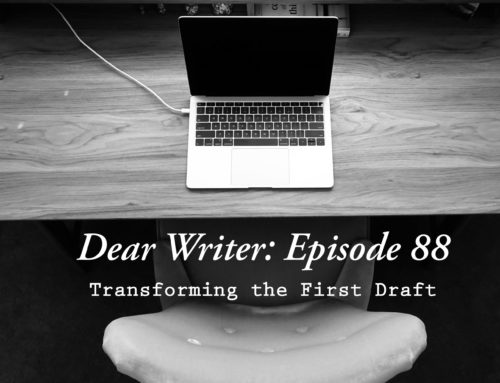
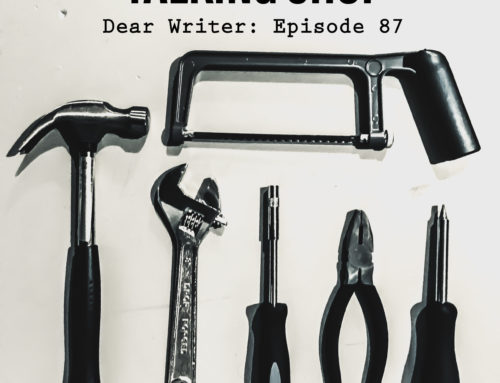



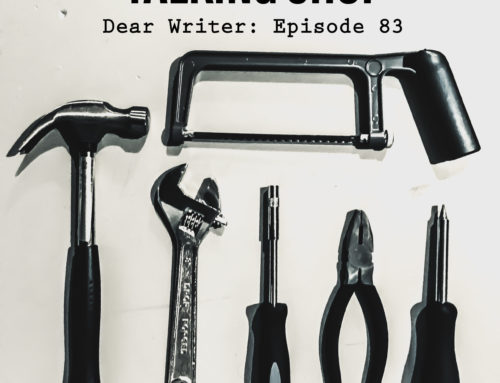


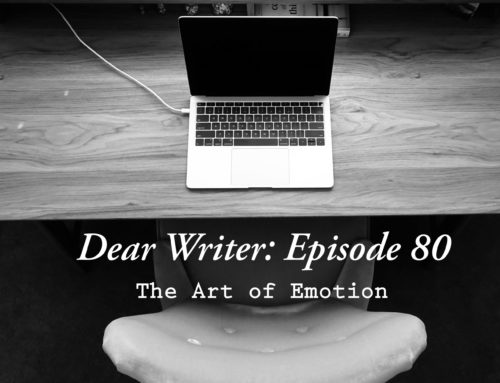
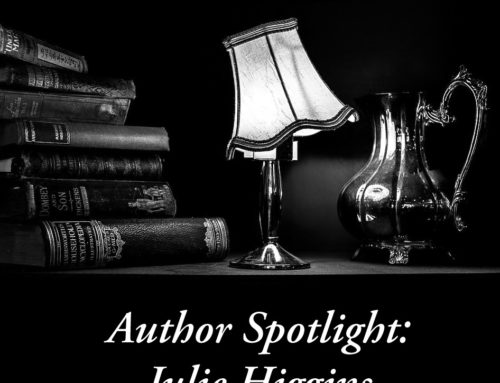

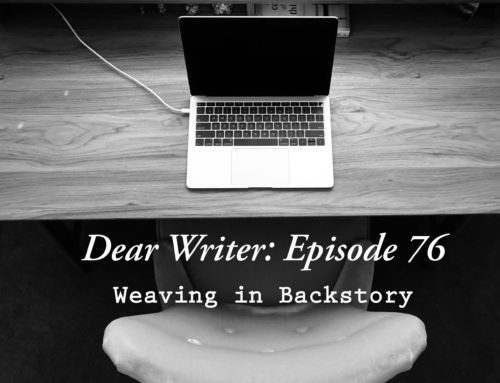
Leave A Comment